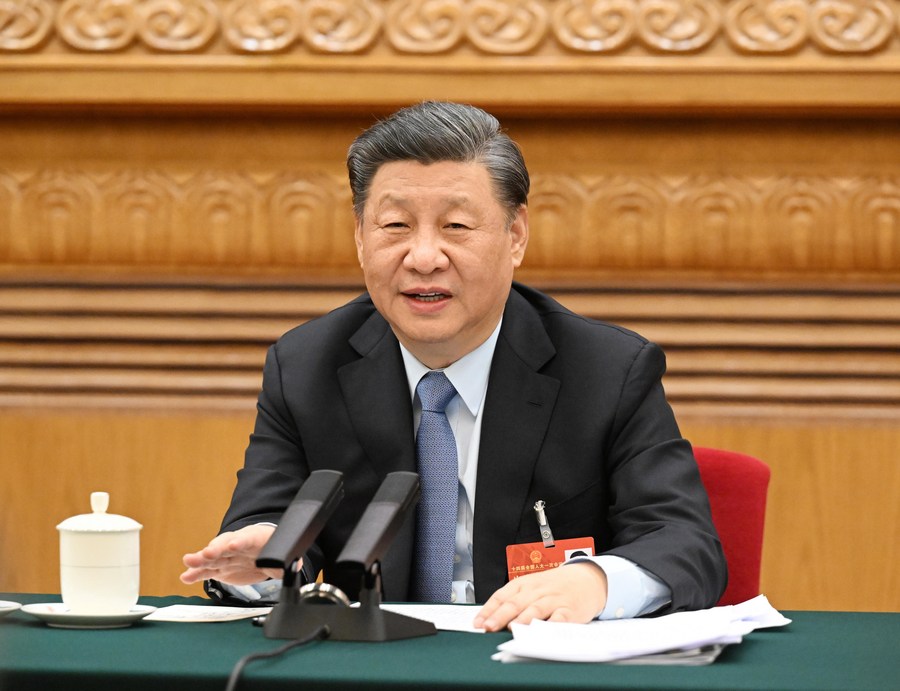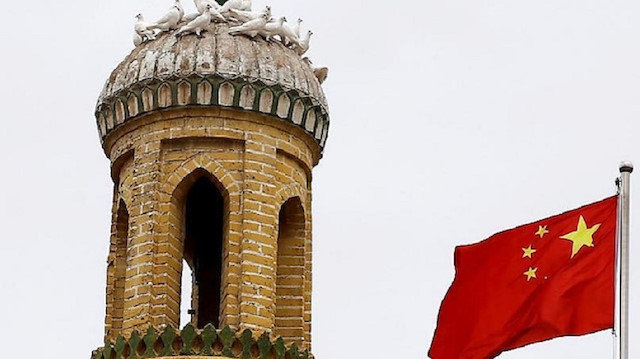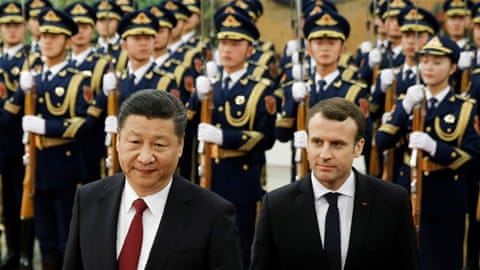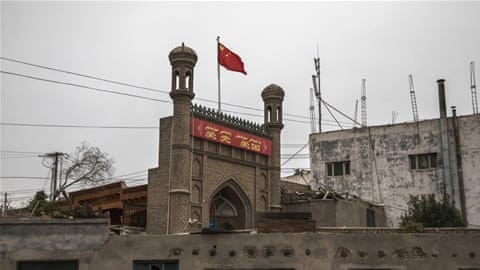The assault on the Uighurs serves Beijing’s imperial ambitions, which require stable land borders.
The repression of the Turkic Uighur Muslim community in western China—including the reported internment of up to a million people in secret camps—is a key part of Beijing’s new imperial policy. Only by understanding the dynamics of Chinese empire can one grasp this brutal campaign.
Xinjiang, a province home to millions of Uighurs, translates to “New Dominion.” The area has been historically and geographically known as East Turkestan. Though the Chinese state has existed for more than 3,500 years, Xinjiang first became part of China’s Qing Dynasty only in the mid-18th century. Since then it has often been in a condition the British explorer Fitzroy Maclean labeled as “sustained turbulence.”
When I first traveled through Xinjiang and interviewed Uighurs in 1994, their hatred of what they considered ethnic Han Chinese occupiers was complete. “This is Turkestan, not China. Chinese don’t learn our language, and many of us don’t learn theirs. Even on a personal level, relations are bad,” one young Uighur man told me.
You may be interested
Relations have worsened since. A deep, unspoken reason why China has never liberalized is its authoritarian leadership fears ethnic rebellion. Uprisings of this sort happened in the outer reaches of the Soviet Union after it liberalized in the 1980s. So China has kept its political system closed, while simultaneously pushing into Central Asia through diplomacy and economic interventions. It is building vast infrastructure projects in the region to ally with the Turkic Muslims of the former Soviet Union and deny China’s own Muslims a friendly rear base for future rebellion. China’s push beyond its borders ultimately has to do with demons within.
Because China historically has never been secure on land, particularly in this western region, it has not had the luxury of going to sea. Except for the Indian Ocean exploits of Adm. Zheng He during the early Ming Dynasty, China has had a demonstrably weak naval tradition. Yet China, mostly secure on land today, aims to posses the world’s largest navy. The intensifying suppression of the Uighur Muslims is the final act in this process. The Belt and Road Initiative—forging transportation corridors by land and sea across Eurasia—requires the complete subjugation of the Uighur population.
The Chinese plan is to dilute traditional Uighur culture by forcing people into regimented apartment blocks and modernizing folkloric markets. They also seek to connect towns with new highways and high-speed rail, as I saw on a return visit to Xinjiang in 2015. And they are placing many thousands of Uighurs in internment camps while raising living standards for others—classic carrot-and-stick tactics. All this is designed to end Uighur Muslim culture as it exists today, to complete the Han Chinese domination of its most contentious borderland.
The media have focused on China drowning countries like Pakistan and Sri Lanka in debt, so that it is awarded control of the ports and highways it builds there. Undercovered is the ethnic dimension of Chinese grand strategy across Eurasia. It deserves more attention: The desert home of the Uighur is the potential weak link in China’s Silk Route nexus.
Don’t underestimate national pride and resentment in this process. Hong Kong and Macao have been taken back from the European colonialists, formally ending an era of humiliating foreign intrusion in China’s core. Outer Mongolia’s sovereignty has been undermined significantly by Chinese economic interests. Tibet has been subjugated. Xinjiang now looms as the last holdout before Greater China is truly realized on land, allowing China to concentrate fully on dominating the East and South China seas. In turn this will open up the Indian Ocean, where China has been building and helping develop new ports between Myanmar and Djibouti. Who says that the age of empire has passed?
Because the U.S. is located half a world away, it is at a distinct disadvantage in thwarting this new imperial rise. Washington still has a geopolitical interest in making sure no individual state holds sway over the Eastern Hemisphere as the U.S. once influenced the Western Hemisphere. A Chinese Silk Route that runs through Iran and beyond, with a naval presence over the navigable southern rimland of Eurasia, would do that.
Mr. Kaplan is author of “The Return of Marco Polo’s World: War, Strategy, and American Interests in the Twenty-First Century” (Random House, 2018). He is a senior fellow at the Center for a New American Security and a senior adviser at Eurasia Group.
This article originally appeared on wsj.com













